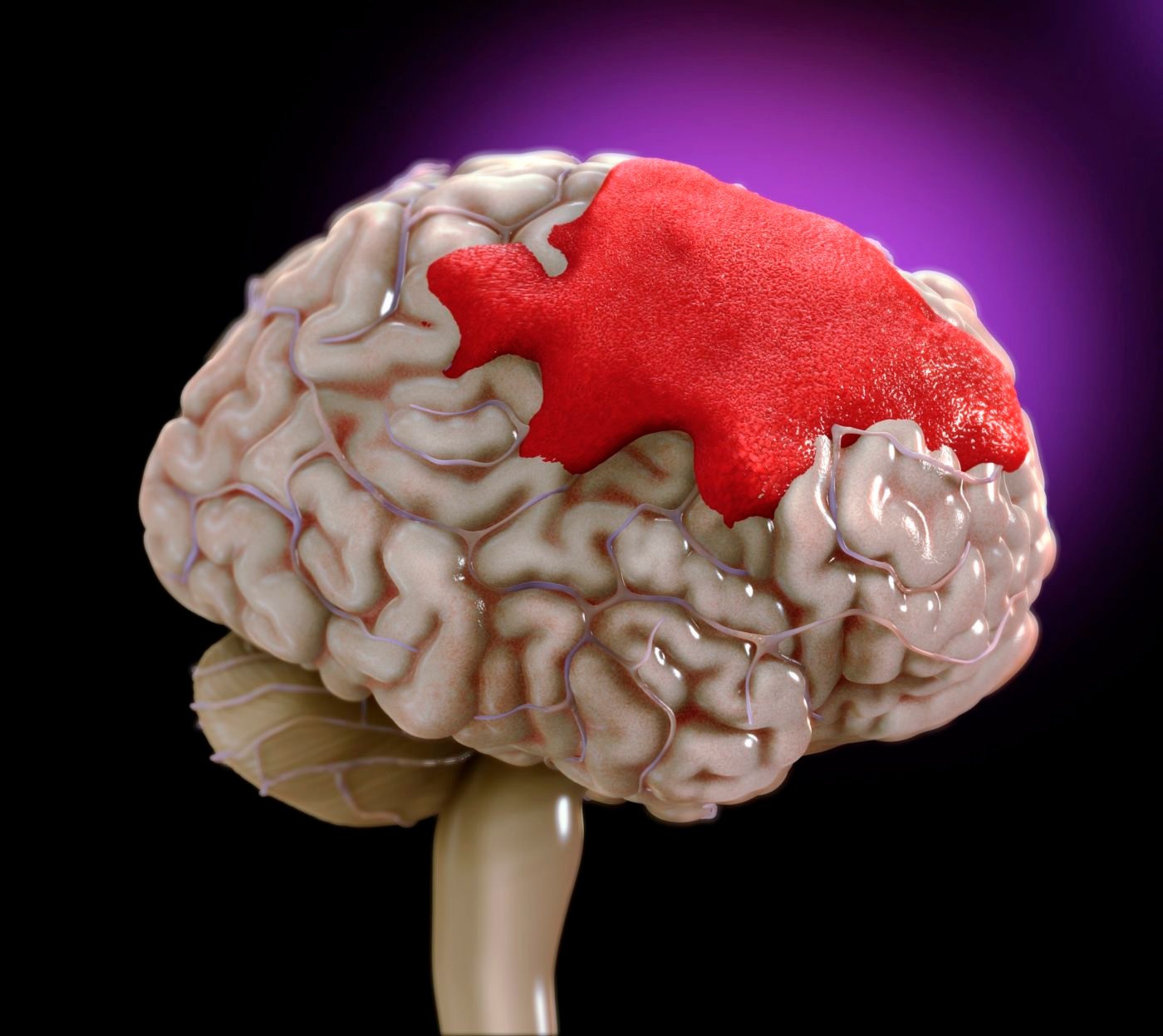Dr. Dilip S. Kiyawat, Leading Spine & Neurosurgeon in the Field of SPINA BIFIDA SURGERY
SPINA BIFIDA SURGERY
in the spine without visible signs on skin.
the most severe form, where the spinal cord and its protective covering
protrude through an opening in the spine causing swelling on the back,
leading to potential paralysis.
as higher levels of alpha-fetoprotein are essential to diagnose this condition
early. Spina bifida can cause a range of complications, including motor and
sensory impairments, bladder and bowel dysfunction, and hydrocephalus
(accumulation of fluid in the brain).
and shunt placement for hydrocephalus. Lifelong multidisciplinary care is
essential to improve the quality of life for individuals with spina bifida.
Causes
Spina bifida is a neural tube defect that occurs during the early stages of pregnancy when the neural tube, which forms the spinal cord, fails to close completely.
Symptoms
Meningocele A sac of fluid protrudes through an opening in the spine, but the spinal cord remains intact. This form is generally less severe.
Treatment
Closure of the Spinal Opening Surgical repair is typically performed shortly after birth to close the opening in the spine.
Rehabilitation
Activities of Daily Living (ADL) Training: Techniques to promote independence in daily tasks.
SPINA BIFIDA SURGERY
Myelomeningocele
The most severe form where a portion of the spinal cord and nerves protrudes through an opening in the spine, leading to neurological deficits.
Orthopedic Surgeries
In some cases, surgeries may be needed to address musculoskeletal issues such as clubfoot or scoliosis.
Ventriculoperitoneal (VP) Shunt
If hydrocephalus is present, a shunt may be inserted to drain excess cerebrospinal fluid.
Bladder and Bowel Care
Individuals with spina bifida may require interventions such as catheterization and medications to manage bladder and bowel function.

spina bifida







